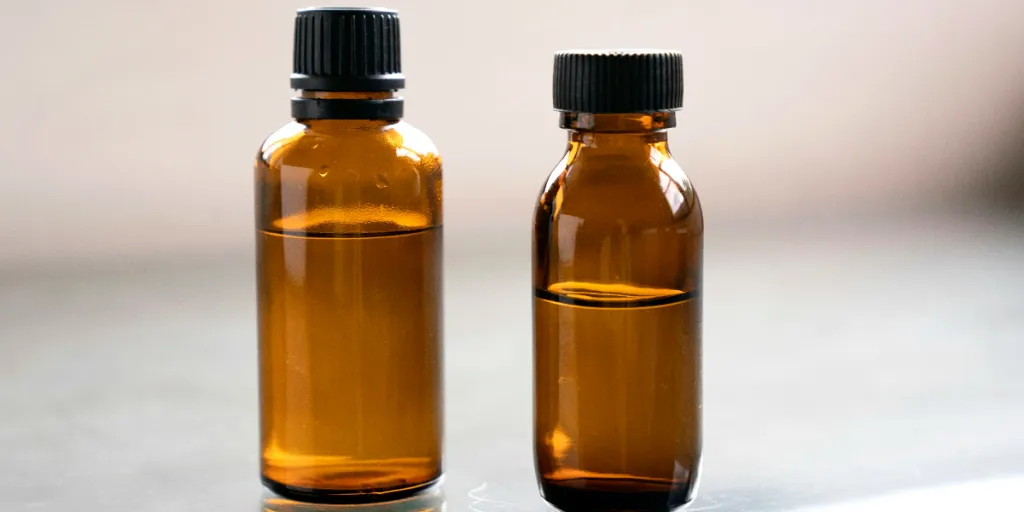In the ever-evolving world of skincare, glycolic serum has emerged as a standout product, capturing the attention of beauty enthusiasts and industry professionals alike. As we navigate through 2025, understanding the nuances of glycolic serum, its ingredients, and its market potential is crucial for business buyers looking to make informed decisions. This guide delves into the essentials of glycolic serum, exploring why it has become a must-have in skincare routines and the factors driving its popularity.
Table of Contents:
– Understanding Glycolic Serum: What It Is and Why It’s Trending
– Exploring Popular Types of Glycolic Serums: Pros and Cons
– Addressing Consumer Pain Points: Solutions and Innovations
– Key Factors to Consider When Sourcing Glycolic Serums
– Wrapping Up: Final Thoughts on Sourcing Glycolic Serums
Understanding Glycolic Serum: What It Is and Why It’s Trending

The Basics of Glycolic Serum: Key Ingredients and Benefits
Glycolic serum, a potent skincare solution, is primarily composed of glycolic acid, an alpha-hydroxy acid (AHA) derived from sugarcane. Known for its small molecular size, glycolic acid penetrates the skin deeply, promoting exfoliation and enhancing cell turnover. This results in smoother, brighter skin, making it a popular choice for addressing issues such as fine lines, acne scars, and hyperpigmentation. The serum often includes other beneficial ingredients like hyaluronic acid for hydration and antioxidants to protect the skin from environmental damage.
Social Media Buzz: Trending Hashtags and Influencer Endorsements
The rise of social media has significantly contributed to the popularity of glycolic serum. Hashtags like #GlycolicGlow and #AHASkincare have garnered millions of views, with influencers and dermatologists endorsing the product for its transformative effects. Platforms like Instagram and TikTok are flooded with before-and-after photos, skincare routines, and product reviews, creating a buzz that drives consumer interest. Influencers with large followings often collaborate with skincare brands, further amplifying the reach and credibility of glycolic serum.
Market Potential: Demand Growth and Consumer Interest
The market potential for glycolic serum is substantial, driven by the growing demand for effective skincare solutions. According to a report by Research and Markets, the global glycolic acid market is projected to reach USD 604.79 million by 2030, growing at a CAGR of 6.13% from 2023. This growth is fueled by the increasing use of glycolic acid in personal care products, particularly in anti-aging and acne treatment formulations. The personal care segment alone held the largest revenue share of 61.1% in 2022, highlighting the significant consumer interest in glycolic acid-based products.
In regions like Asia Pacific and Europe, the demand for glycolic serum is particularly strong. The Asia Pacific region accounted for the largest revenue share of 35.3% in 2022, driven by the widespread application of glycolic acid in skincare and hair care products. Europe is also expected to expand at a CAGR of 8.9% during the forecast period, reflecting the region’s rapidly developing skincare industry.
The convenience of online shopping and the influence of e-commerce platforms have further boosted the adoption of glycolic serum. In countries like Spain, the integration of e-commerce with social media channels allows consumers to discover and purchase glycolic acid products easily. This trend is expected to continue, with the number of e-commerce users in Spain projected to reach 37 million by 2025.
In conclusion, glycolic serum’s market potential is underscored by its proven efficacy, social media buzz, and growing consumer interest. As business buyers navigate the beauty and personal care industry, understanding the key ingredients, benefits, and market dynamics of glycolic serum will be essential for making strategic product selections.
Exploring Popular Types of Glycolic Serums: Pros and Cons
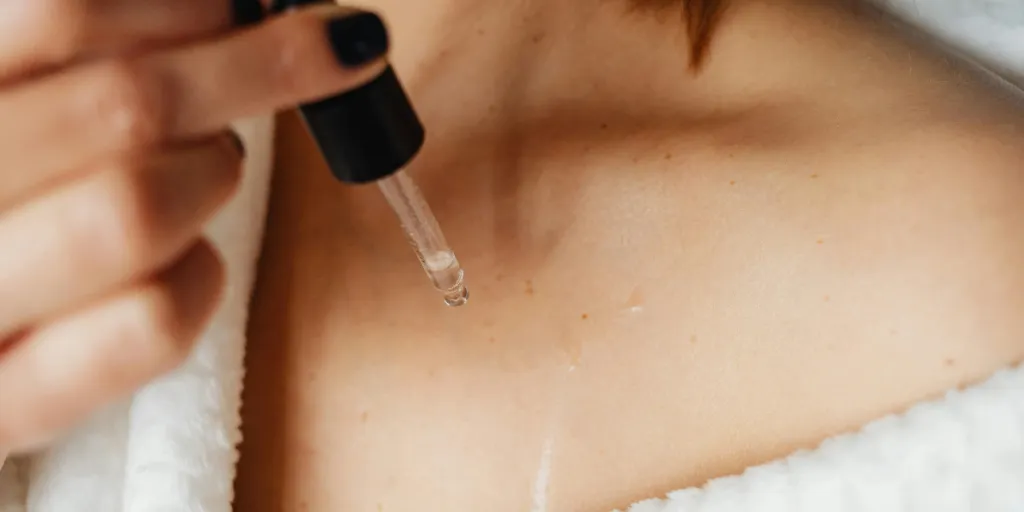
High-Strength Formulations: Effectiveness and Consumer Feedback
High-strength glycolic serums, typically containing concentrations of 10% or higher, are renowned for their potent exfoliating capabilities. These formulations are particularly effective in addressing severe skin concerns such as deep-set wrinkles, pronounced hyperpigmentation, and significant acne scarring. According to a report by Research & Market, the demand for high-strength glycolic serums has surged due to their ability to deliver rapid and noticeable results. However, these potent formulations can also pose a risk of irritation and over-exfoliation, especially for individuals with sensitive skin. Consumer feedback often highlights the need for careful usage and gradual introduction to avoid adverse reactions.
Gentle Formulations: Ideal for Sensitive Skin
Gentle glycolic serums, with concentrations typically ranging from 5% to 10%, are designed to cater to individuals with sensitive skin or those new to glycolic acid. These formulations provide the benefits of exfoliation and skin renewal without the heightened risk of irritation. A professional report indicates that gentle glycolic serums are increasingly popular among consumers seeking mild yet effective skincare solutions. Brands like DermDoc have introduced products such as the 5% Glycolic Acid Underarm Treatment, which offers targeted exfoliation for sensitive areas prone to hyperpigmentation. The versatility and reduced risk of irritation make gentle formulations a preferred choice for a broader audience.
Combination Products: Multi-Benefit Serums
Combination glycolic serums integrate glycolic acid with other active ingredients to offer multi-faceted skincare benefits. These products often combine glycolic acid with hyaluronic acid, peptides, or antioxidants to enhance hydration, anti-aging, and skin brightening effects. For instance, SkinCeuticals’ HA Intensifier Multi-Glycan serum combines glycolic acid with hyaluronic acid and soybean ferment extract to provide plumping, hydrating, and contouring benefits. This approach not only maximizes the efficacy of glycolic acid but also addresses multiple skin concerns simultaneously, making combination products highly appealing to consumers seeking comprehensive skincare solutions.
Addressing Consumer Pain Points: Solutions and Innovations
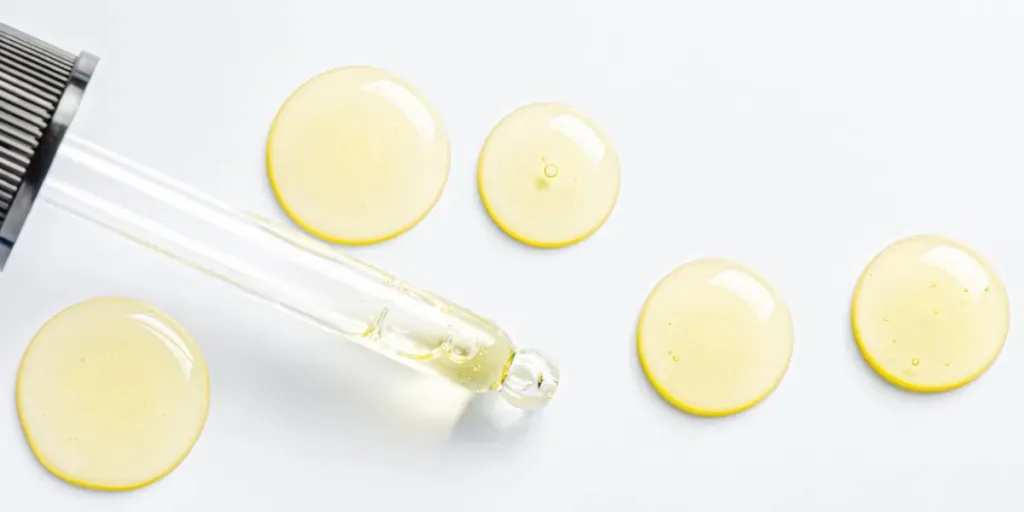
Common Concerns: Irritation and Over-Exfoliation
One of the primary concerns associated with glycolic serums is the potential for skin irritation and over-exfoliation. High-strength formulations, in particular, can cause redness, peeling, and sensitivity if not used correctly. According to a report by Research & Market, consumer feedback often highlights the need for clear usage instructions and gradual introduction to mitigate these risks. Brands are increasingly focusing on educating consumers about proper application techniques and the importance of patch testing to prevent adverse reactions.
Innovative Solutions: New Ingredients and Technologies
To address the issue of irritation, brands are incorporating innovative ingredients and technologies into their glycolic serums. Encapsulation and sustained-release technologies, for example, allow for a controlled and gradual release of glycolic acid, reducing the likelihood of irritation. Additionally, combining glycolic acid with soothing ingredients such as aloe vera, chamomile, and niacinamide can help calm the skin and enhance tolerance. Era Organics’ Glycolic Acid Chemical Peel, which includes natural ingredients like Manuka Honey and Aloe Vera, exemplifies this approach by offering professional-grade exfoliation with minimal irritation.
Consumer Feedback: What Buyers Are Saying
Consumer feedback plays a crucial role in shaping the development and improvement of glycolic serums. According to a professional report, consumers appreciate products that deliver visible results without compromising skin health. Positive reviews often highlight the effectiveness of glycolic serums in improving skin texture, reducing fine lines, and brightening the complexion. However, negative feedback typically revolves around issues of irritation and over-exfoliation, underscoring the importance of formulation and usage guidance. Brands that actively engage with consumer feedback and continuously refine their products are more likely to build trust and loyalty among their customers.
Key Factors to Consider When Sourcing Glycolic Serums
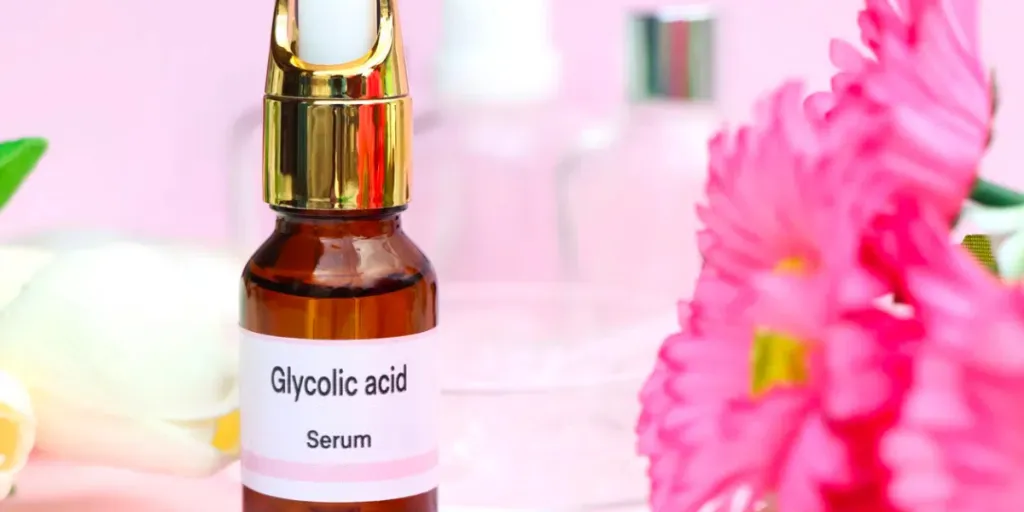
Ingredient Quality: Ensuring Safety and Efficacy
The quality of ingredients is paramount when sourcing glycolic serums. High-purity glycolic acid, preferably with a purity level of 99%, ensures maximum efficacy and minimal impurities. According to a report by Research & Market, high-purity glycolic acid is essential for producing products that require precision and safety, such as skin peels and anti-aging treatments. Additionally, sourcing glycolic acid from reputable suppliers who adhere to stringent quality control standards is crucial to ensure the safety and effectiveness of the final product.
Packaging and Shelf Life: Practical Considerations
Packaging plays a significant role in maintaining the stability and efficacy of glycolic serums. Air-tight, opaque containers are recommended to protect the product from light and air exposure, which can degrade the active ingredients. A professional report highlights the importance of considering the shelf life of glycolic serums, as prolonged exposure to air and light can reduce their potency. Brands should prioritize packaging solutions that preserve the integrity of the product and provide clear information on storage conditions and expiration dates.
Supplier Reputation: Finding Reliable Partners
Partnering with reliable suppliers is critical for ensuring consistent quality and supply of glycolic serums. According to a report by Research & Market, the reputation of suppliers can significantly impact the overall quality of the final product. Business buyers should conduct thorough due diligence, including evaluating the supplier’s track record, certifications, and compliance with regulatory standards. Establishing strong relationships with reputable suppliers can help mitigate risks and ensure a steady supply of high-quality glycolic acid for product formulations.
Wrapping Up: Final Thoughts on Sourcing Glycolic Serums
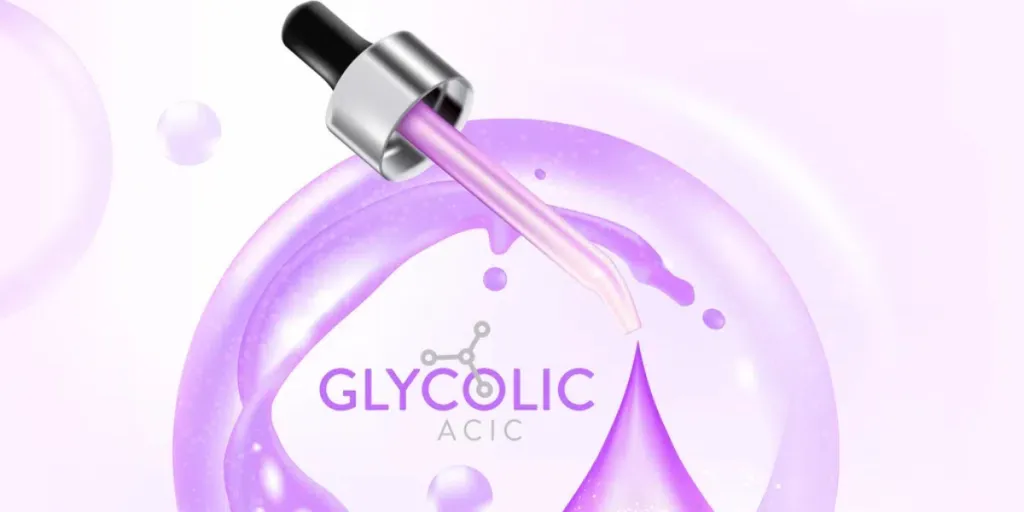
In conclusion, sourcing glycolic serums requires careful consideration of various factors, including ingredient quality, packaging, and supplier reputation. High-purity glycolic acid, innovative formulations, and reliable suppliers are essential for producing effective and safe products. By addressing common consumer concerns and leveraging new technologies, brands can enhance the appeal and efficacy of their glycolic serums, ultimately driving growth and success in the competitive beauty and personal care market.
